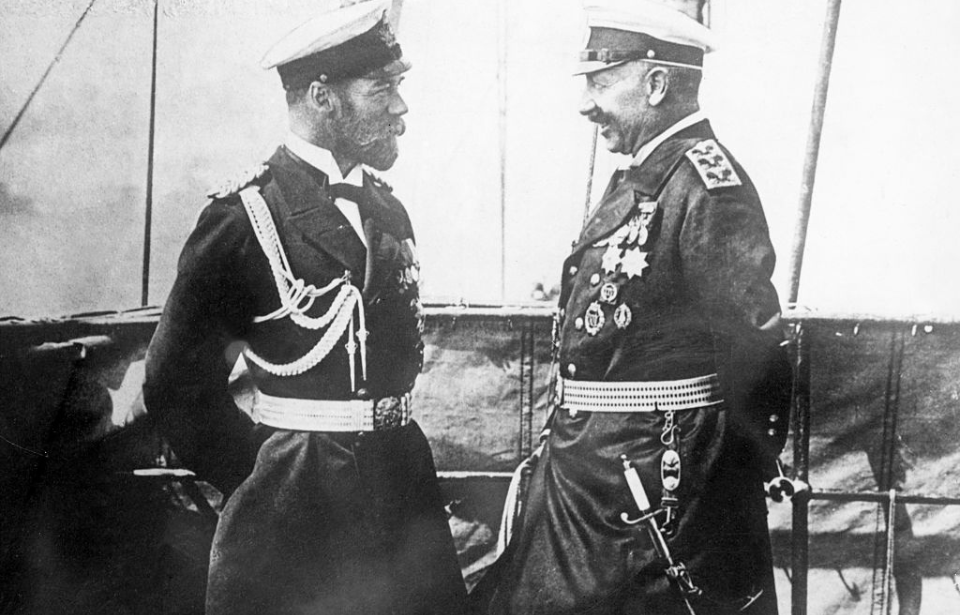The First World War, commonly referred to as the Great War, was an era characterized by profound upheaval, wherein major global powers engaged in intense and lethal confrontations; it stemmed from the assassination of Austrian Archduke Franz Ferdinand amid escalating tensions in Europe. Efforts to mitigate the conflict’s escalation by Kaiser Wilhelm of Germany and Tsar Nicholas II of Russia yielded limited success.
The ‘Beautiful Era’
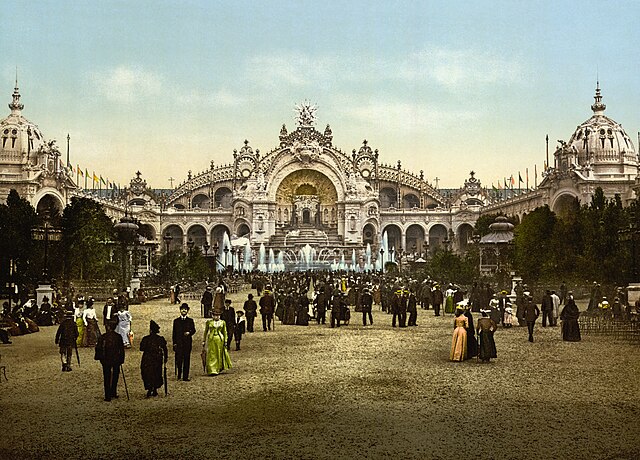
From 1871-1914, Europe enjoyed a period of relative tranquility, commonly referred to as La Belle Époque – the “Beautiful Era.” It was distinguished by its buoyant optimism, technological progress, prosperous economic conditions and an artistic landscape. Often hailed as Europe’s “Golden Age,” situated between the Napoleonic Wars and the onset of World War I, it symbolized a time of great promise and cultural advancement.
The establishment of international law and the Hague Tribunal during this era served as mechanisms for resolving international disputes, fostering peace and heralding a period that seemingly transcended the brutality of warfare. However, the idyllic Belle Époque era met its demise in the summer of 1914 with the outbreak of hostilities between Austria-Hungary and the Kingdom of Serbia following the assassination of Archduke Franz Ferdinand.
The declaration of war amid escalating tensions initiated a chain reaction that plunged Europe – and, subsequently, the global community – into a protracted and devastating conflict spanning years, marked by terrible bloodshed and suffering.
Kaiser Wilhelm and Tsar Nicholas II
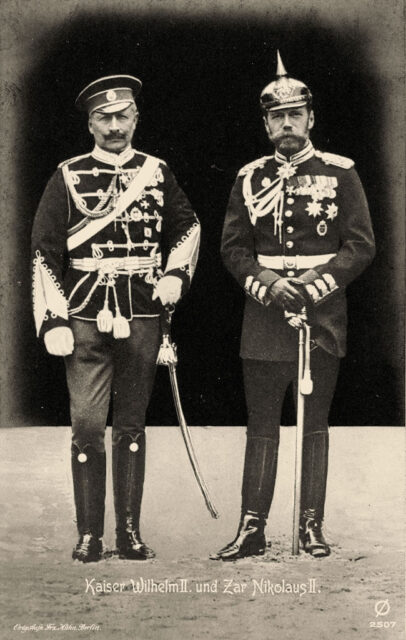
Immediately preceding the eruption of hostilities, two European monarchs tried to engage in diplomacy and rational dialogue via personal correspondence: Kaiser Wilhelm of Germany and Tsar Nicholas II of Russia. Notably, the two were grandsons of Queen Victoria of England.
Bound by familial relations, Nicholas and Wilhelm shared a formative upbringing, which fostered a profound connection between them. However, as they became adults and assumed the mantle of leadership in their respective countries, they found themselves confronted with a rapidly evolving global landscape beyond what they’d grown used to.
Willy-Nicky Telegrams
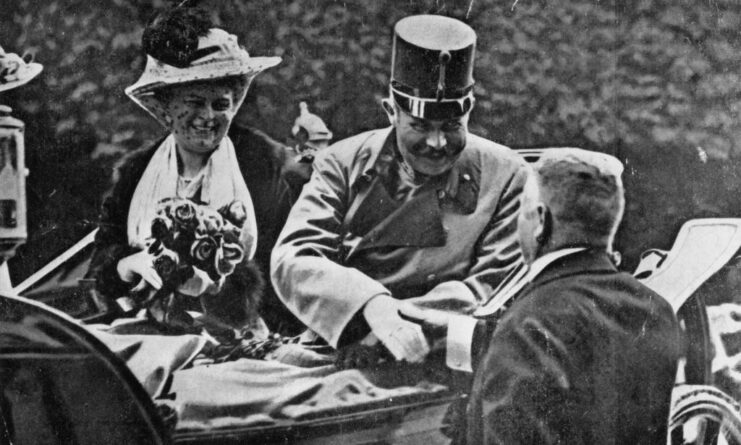
On the eve of the Great War, Kaiser Wilhelm and Tsar Nicholas II tried to establish communications with each other, hoping to mitigate the unprecedented levels of tension that had emerged. These messages, dubbed the “Willy-Nicky Telegrams” due to the informal nicknames the two used, were discovered in 1918 and disseminated by American journalist Herman Bernstein, who, at the time, was assigned to report on the October Revolution.
The first telegram was sent by Nicholas mere hours after the declaration of war by Austro-Hungary. Spanning 10 telegrams, the correspondence occurred between July 29 and August 1, 1914. Initially, Nicholas shared his apprehensions with Wilhelm about the deteriorating state of affairs, initiating the discourse by urging a cessation of hostilities.
“I foresee that very soon I shall be overwhelmed by the pressure forced upon me and be forced to take extreme measures which will lead to war,” the tsar wrote. “To try and avoid such a calamity as a European war I beg you in the name of our old friendship to do what you can to stop your allies from going too far. Nicky.”
Keeping their correspondence civil
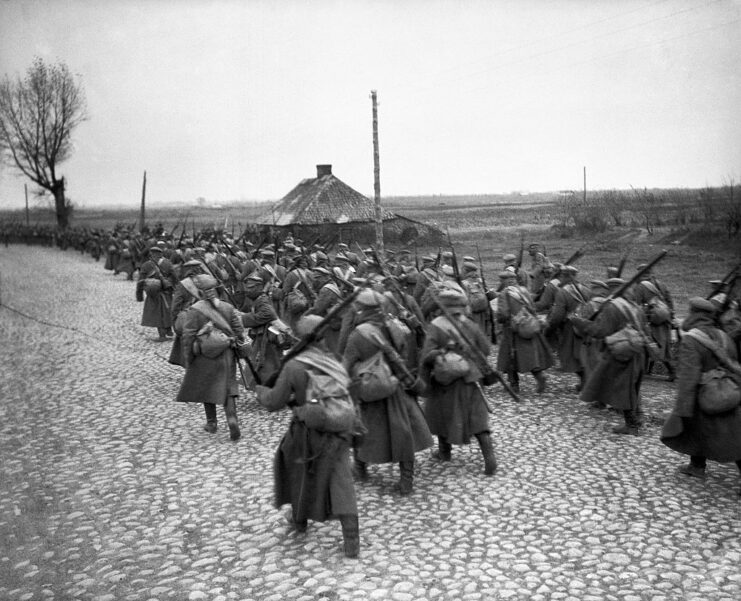
Anticipating the looming fighting, Russia positioned soldiers along its border with Austria-Hungary, taking a stance of cautious readiness while waiting for events to unfold. This mobilization, however, wasn’t solely directed by Tsar Nicholas II, but emerged as a collective decision of the political and military leadership within the respective nations.
During this time, both Nicholas and Kaiser Wilhelm found themselves functioning as conduits representing the interests of their countries, ensnared between the pressures exerted by public sentiment and the imperatives of political maneuvering. The Willy-Nicky Telegrams evoke a sense of wistful reminiscence, resembling the fictional narrative of two sovereigns grappling to negotiate a truce grounded solely in their personal perspectives and interests.
Wilhelm tried to persuade Nicholas of the necessity to hold Serbia accountable for its alleged involvement in the assassination of Franz Ferdinand. In response, the tsar asserted his obligation to safeguard Russia’s weaker ally, emphasizing principles of honor and prestige.
Throughout their messages, the pair deliberated on strategies to contain the growing conflict and prevent its escalation across Europe. At one point, they appeared on the brink of consensus, agreeing to oversee an investigation into the assassination. As well, the discourse maintained a tone of amicability, with mutual assurances of sincerity and fairness that were underscored by the shared determination to avert an all-encompassing European war.
However, what they didn’t realize was their deliberations were unfolding within the confines of what Henry Kissinger later called the “Doomsday Machine.”
‘Doomsday Machine’
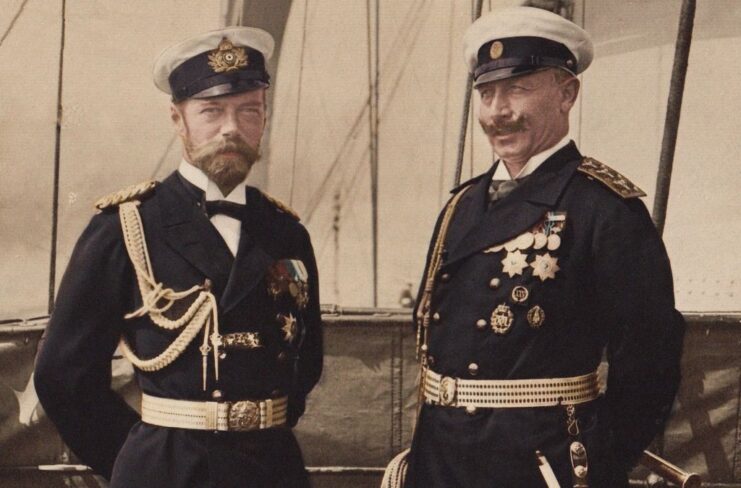
Henry Kissinger coined the term “Doomsday Machine” to paint an image of the complex alliances, protocols and mobilization schedules that had ensnared Europe during the early stages of World War I. Once set into motion, these proved exceedingly resistant to diplomatic efforts aimed at halting their progression; the declaration of war by Austro-Hungary acted as a catalyst, triggering a cascading response from all involved parties, each with its own grievances to settle.
While Tsar Nicholas II initially succeeded in preventing the general mobilization in Russia, his decision was swiftly reversed by Foreign Minister Sergey Sazonov, who argued convincingly that gestures of goodwill were ill-advised amidst such grave peril.
Upon Kaiser Wilhelm realizing Nicholas’ reluctance to proceed with the withdrawal of troops from the border, he responded in what can only be described as a cold demeanor, saying:
“Immediate affirmative clear and unmistakable answer from your government is the only way to avoid endless misery. Until I have received this answer alas, I am unable to discuss the subject of your telegram. As a matter of fact, I must request you to immediately [sic] order your troops on no account to commit the slightest act of trespassing over our frontiers. Willy.”
More from us: The History Behind America’s Iconic ‘Uncle Sam, I Want You’ Recruitment Poster
This was the final exchange between the two monarchs. Shortly thereafter, their relationship deteriorated into enmity, paving the way for a harrowing war of attrition that exacted a staggering toll in human lives and served as the death knell for empires.
